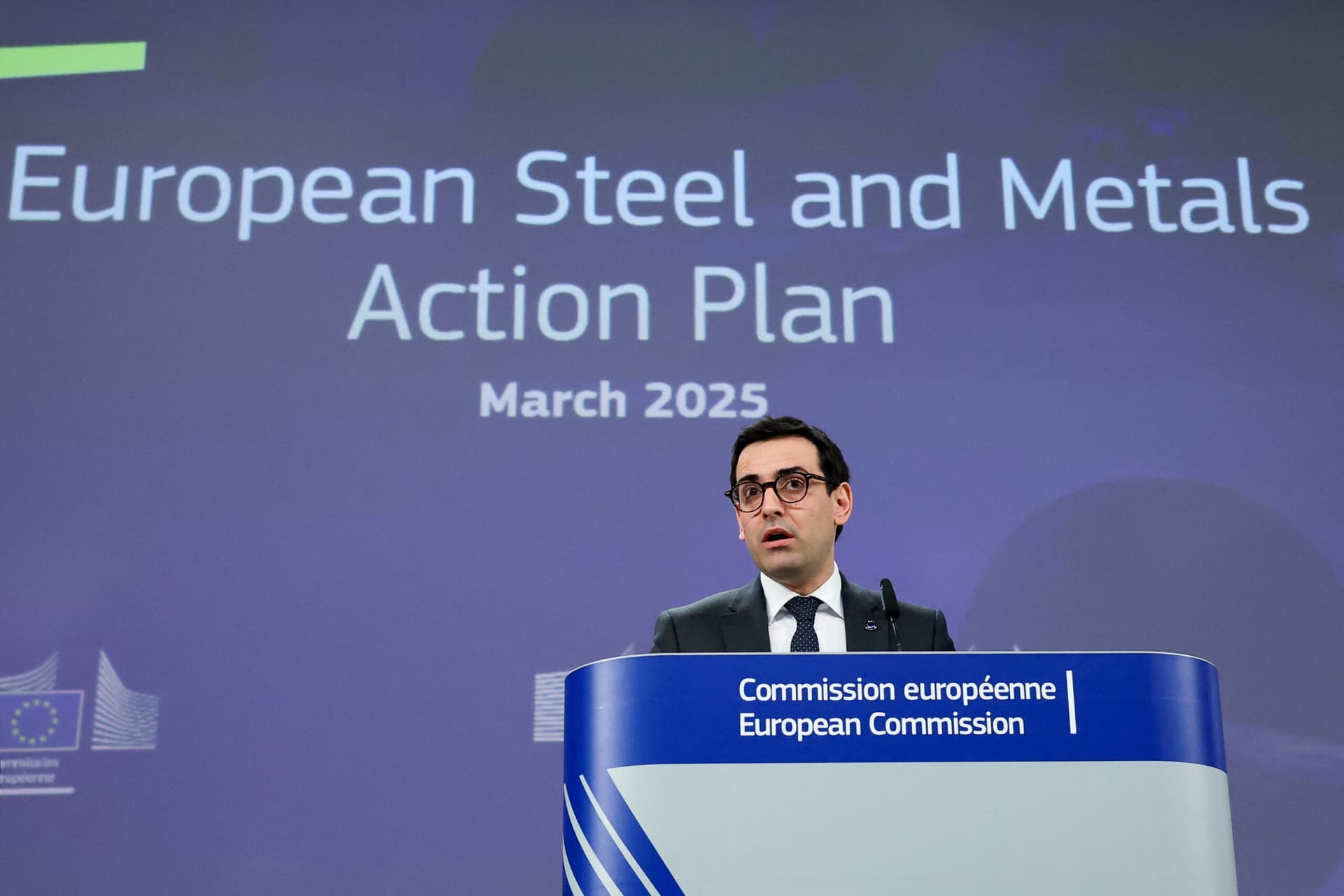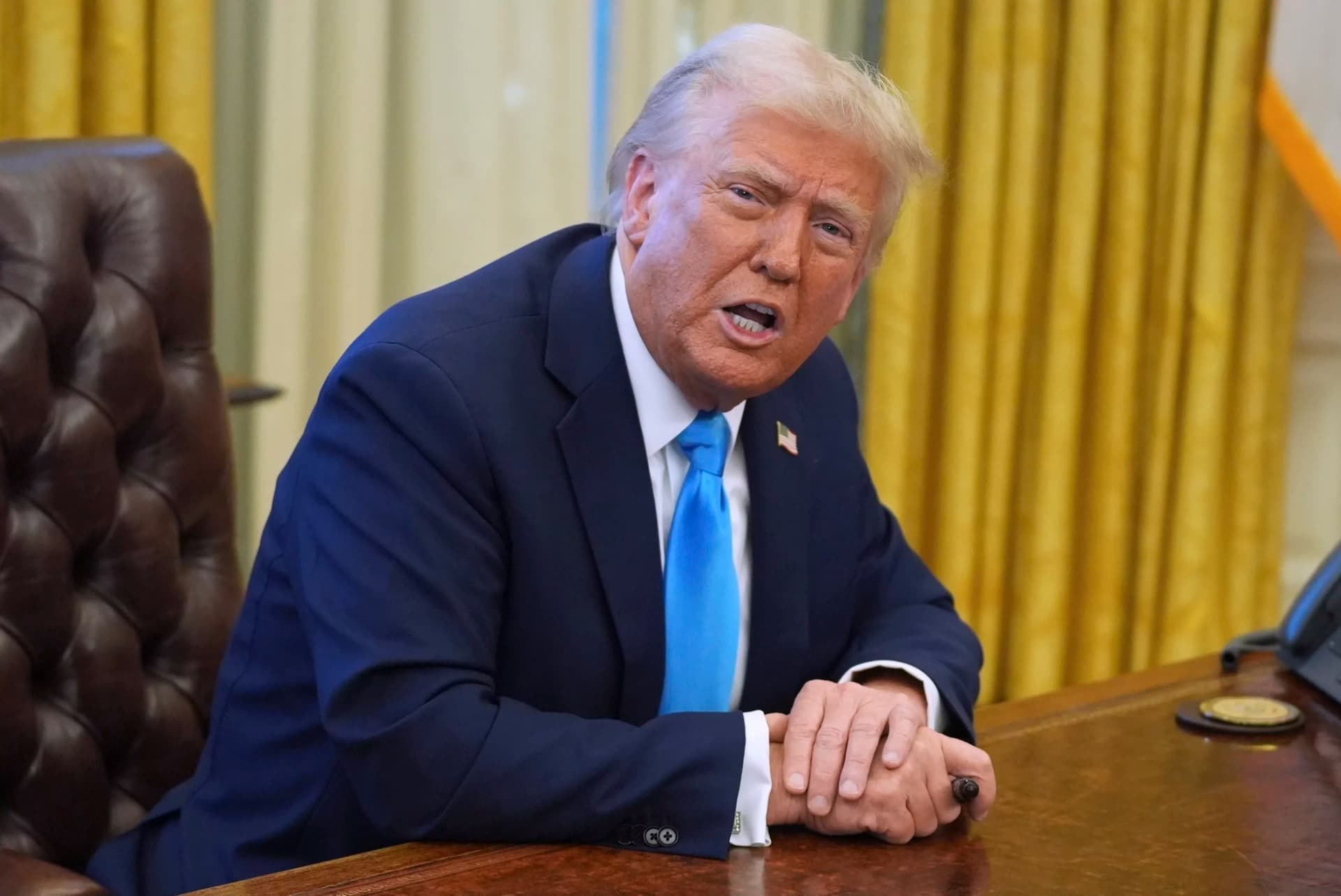U.S. Demands Balanced Digital Rules Before Cutting Steel Tariffs
U.S. officials told European counterparts on November 24 that tariff relief on EU steel and aluminum should be conditioned on more balanced EU tech regulation, a move that ties industrial trade to digital policy. The demand in Brussels risks complicating a July trade understanding and signals a new phase in transatlantic bargaining where data rules and industrial protection intersect.

U.S. officials informed European counterparts in Brussels on November 24 that any reduction in U.S. tariffs on EU steel and aluminum should be paired with more "balanced" European regulation of the technology sector. The message came during talks in which EU ministers pressed Washington to honor elements of a July trade understanding that they said included tariff relief on certain EU goods.
The exchange underscored a growing trend in which trade negotiations are being linked deliberately to digital regulation. Both sides are increasingly using leverage from one policy area to extract concessions in another, with economic and geopolitical consequences for companies and governments beyond the Atlantic. For the United States, which has long voiced concerns about rules that disadvantage its major digital platforms, the linkage reflects a strategy to shape the regulatory environment in which its tech giants operate globally.
For European capitals, the meeting posed a difficult political choice. EU ministers want concrete progress on the tariff front as a matter of industrial relief for manufacturers in Germany and other member states still recalibrating supply chains after years of trade tensions. At the same time EU lawmakers and regulators have pursued a suite of digital rules aimed at reining in market power, protecting consumers and preserving data protections, steps many in Europe view as matters of sovereignty and democratic governance rather than concession territory.
The events in Brussels revived sensitive questions about the architecture of transatlantic cooperation. Since the imposition of tariffs years earlier, talks have oscillated between attempts at deescalation and periods of hard bargaining. The July understanding was seen by some in Brussels as an initial step toward normalizing relations on trade, but the U.S. condition introduced on November 24 suggests that normalization will not be limited to tariff lines.
Legal and institutional ramifications are likely to be complex. Linking tariff concessions to regulatory changes raises potential disputes at the World Trade Organization and invites scrutiny over whether trade instruments are being deployed to influence domestic regulatory processes. Diplomats noted privately that the approach could set a precedent for future bargains on climate policy industrial support and other cross sector issues if left unchecked.
The meeting also illuminates domestic political pressures on both sides. U.S. policymakers must balance demands from manufacturing and labor constituencies that favor protection for domestic industry with technology sector interests that seek open markets and predictable rules abroad. In the EU, regulators and parliamentarians who champion strict digital rules have been wary of appearing to bow to external commercial pressure.
Officials described the talks as part of ongoing negotiations rather than a final offer. Both Brussels and Washington signaled willingness to continue discussions, but the introduction of digital regulation into the tariff calculus ensures that future sessions will be about more than steel and aluminum. The outcome will shape the rules governing commerce and technology across an era of intensified geopolitical competition.


